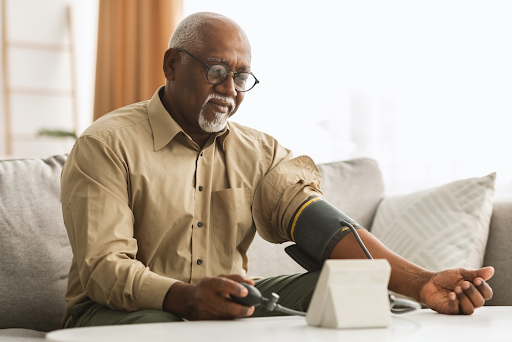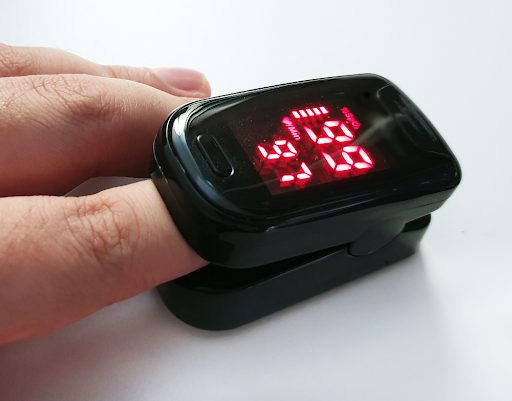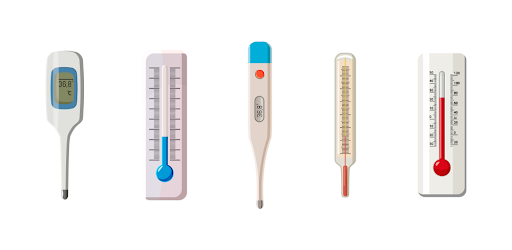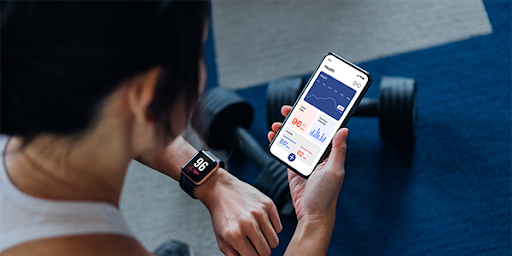“At-home” Medical Devices for Self-monitoring
Sometimes, getting appointments with a doctor for routine medical tests can be a very long wait. Arriving at an appointment at a hospital with results from routine tests can also hasten things up, and a diagnosis can be reached quicker. Self-monitoring medical devices can help a patient in both situations as they can make situations easier. “At-home” Medical Devices for Self-monitoring are designed to monitor and help manage regular health conditions.
Some general health conditions like fever, blood glucose levels, hypertension, diabetes, etc., can require regular monitoring. These devices are designed to make the monitoring and managing of these conditions easier for the patient. There has been an increased drive in the appeal of self-care medical devices. This has been due to the rise of infections, chronic diseases, increasing healthcare awareness, and the rise in the geriatric population.
Some other factors for the growth are the benefits that these devices offer like maintenance of privacy, quick access, cost-efficiency, and quick results for easier diagnosis and treatment. From gut health to heart health, home health monitors can provide insight into many bodily functions from the comfort of the patient’s home without the need for appointments, or invasive procedures. Integrated with medical practice management software, these devices empower patients to take control of their health while streamlining data management and healthcare delivery. Some simple home medical devices that can easily be operated by people include:
Blood pressure cuff

This device calculates the blood flow and heart rate of a patient by measuring the changes in their artery motion. A Bluetooth-enabled cuff is quite similar to the normal generally known cuff. The key difference is that the data gotten is transmitted in real-time for review to a clinician. Blood pressure monitoring can be essential in many conditions like hypertension, diabetes, kidney issues, etc. Any condition that has the symptom of high blood pressure and hypertension can benefit from this at-home blood pressure monitoring. This daily monitoring is beneficial as it provides insight into the day-to-day condition of the heart as opposed to a scheduled once-in-a-while reading. It also helps to avoid the phenomenon where the patient’s blood pressure reading is higher in the clinician’s office than at home or lower at home than in the clinician’s office.
ECG and stethoscope

An ECG captures the heart function while a stethoscope is used to listen to the sounds of the heart and the lungs. An ECG device can be used to monitor cardiac conditions like coronary artery disease or arrhythmias. The stethoscope amplifies the sounds of the heart, lungs, and sometimes the gut. The readings from these devices can be monitored by the patient and sent to the clinician for interpretation. This enables the clinician to monitor the condition of a patient from afar, enabling the early detection of changes in conditions and more personalized care delivery.
Glucometer

This device tests a patient’s blood sugar through a small drop of blood that is placed on a test strip that is connected to the device. The small drop of blood on the test strip is read by the meter to produce the blood glucose reading. The reading can then be sent to a clinician for review and interpretation in real-time. Many patients with diabetes mellitus and diabetes insipidus use this glucometer daily, often multiple times a day to manage their blood sugar. It can also provide insight into how certain factors can influence the patient’s blood sugar and symptoms of diabetes. Factors like stress, illness, diet, exercise, and medication.
Pulse Oximeter

This device is a non-invasive clip that can be attached to a patient’s finger to measure the wavelengths that determine the blood oxygen level, which is how much oxygen is in the red blood cells in circulation. It also records the patient’s pulse. This device can be used in patients with chronic conditions like chronic obstructive pulmonary disorder or chronic heart failure. It can also be used to monitor patients with pneumonia or asthma and even for the screening and monitoring of COVID-19. The device can help monitor changes in a patient’s lung function.
Thermometer

A Bluetooth thermometer can provide speedy and accurate readings on a patient’s body temperature. Thus, offering the clinician essential information that will provide insight into the next steps for their care. A lot of Bluetooth thermometers exist including non-touch digital thermometers and contact thermometers. A fever is an indicator of many conditions like the flu, malaria, and other infections. Fever can also be a sign of worsening conditions or exacerbated symptoms.
Activity trackers and continuous monitoring devices

These types of devices enable the tracking by clinicians of a patient’s sleep cycle, heart rate, steps, and even their fall risk. They offer the clinician a view of the patient’s daily activities or routine, helping the provider understand how the activities impact the patient’s health and symptoms. The clinicians can use that data to form a treatment plan for the patient. Examples of these kinds of devices are Apple watches or fitness bands. Some of these wearable devices enable continuous monitoring through a sticker or a patch that is applied to the patient’s body. They facilitate ongoing symptom and biometric tracking. They can track a patient’s blood pressure, glucose, weight, and stress levels in one single device.
Weighing Scale

Scales allow patients to monitor changes in their weight over time. The Bluetooth capability allows clinicians to watch these changes and take rapid action, if necessary, to prevent the symptoms of any underlying illnesses from getting worse. For severe conditions like chronic heart failure, weight fluctuations can indicate water retention, and this is critical. This is because weight gain can often indicate symptoms of a worsening CHF. Also, for obese patients, Bluetooth scales enable self-management. This allows the patient to take charge of their condition, taking responsibility and identifying the trends in their behavior. This is because obesity is a leading risk factor in many conditions like stroke, diabetes mellitus, heart disease, etc. So monitoring and managing weight closely can be very crucial.
The information provided in this blog is for educational purposes only and should not be considered as medical advice. It is not intended to replace professional medical consultation, diagnosis, or treatment. Always consult with a qualified healthcare provider before making any decisions regarding your health. Read more



